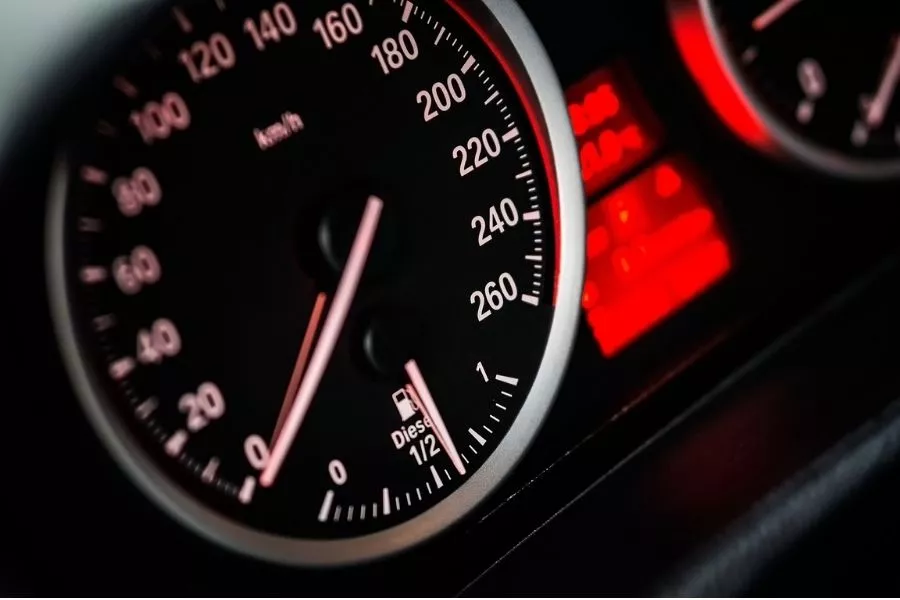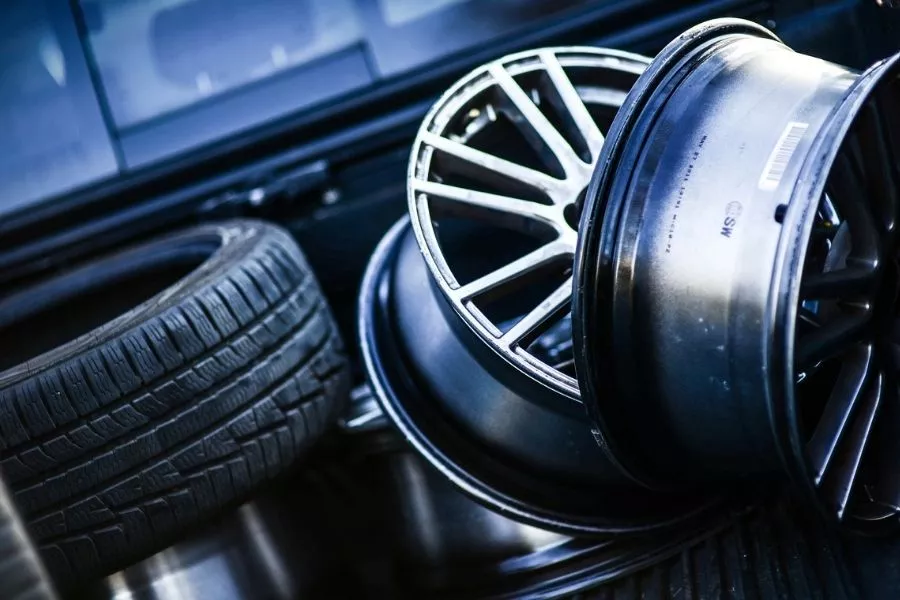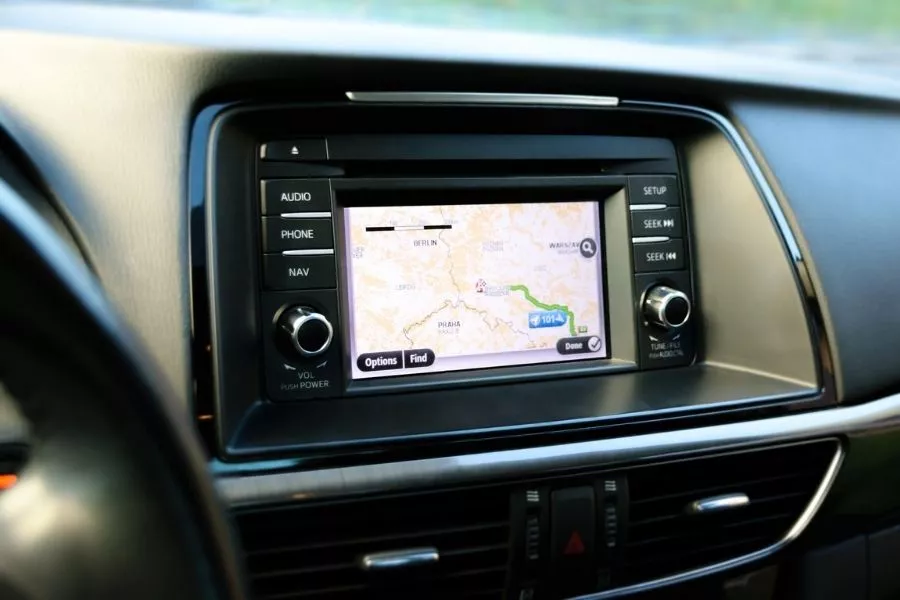As machines capable of mobility, an important aspect of gauging a car’s performance is measuring its rate of travel; in other words, the speed. It’s the role that the speedometer plays in your instrument panel, to keep track of how fast the vehicle is going.

Drivers worth their licenses keep a close eye on the speedometer when driving
Not only does it serve to impress your passengers with your machine’s capabilities, but also to remind you if the car is about to exceed its safe design limits (and if you’re about to commit a serious traffic violation). Given that, making sure that the large dial or digital indicator staring at you from behind the steering wheel is working properly now becomes a very big deal.
But if you’ve taken the time to use your car’s onboard navigation (or any navigational app on your smartphone), you might notice that the figure indicated on the vehicle’s speedometer doesn’t quite match the one shown on the screen. Could they be measuring two separate vehicles? Obviously not. They’re still referring to the same car, after all.

Both the speedometer and the onboard GPS measure the same car's speed
The standard speedometer gives a reading that’s around 10 percent higher than the vehicle’s actual speed, using moving parts that are prone to mechanical errors, from drive cables and hairsprings on mechanical dials to grooved metal discs and magnets on electronic ones. As speedometers derive their measurements indirectly from contact with the tires, any change in a tire’s attributes will bring inaccuracies, such as when changing to aftermarket radials of a different size that requires speedometer recalibration.

Changing the stock wheels and tires can affect your speedometer's accuracy
Meanwhile, using a Global Positioning System or GPS is based on the formula of calculating speed by dividing distance with time, that’s not affected by mechanical factors. A GPS system keeps tabs on your vehicle’s location over a period of time while measuring the distance traveled, and generally has a smaller margin of error. It’s not foolproof however, as it has its own set of issues such as maintaining a line-of-sight connection to the nearest GPS satellite and minimizing signal bounce from nearby objects.

GPS-based speed measurements are not as prone to mechanical errors
If you check your speed while driving along the expressway, you might still be able to do slightly higher than the number indicated on your speedometer. But not too much, because then you’ll have to contend with speed guns that use the more accurate GPS method.
Find more tips for beginner car owners at Philkotse.com.
Recent posts
- Expressways Philippines Jan 05, 2021
- 3 things you need to know about car speed sensor Aug 09, 2022
- 4 most useful navigation apps available in the Philippines Aug 25, 2021
- Speed Limit Law Philippines: Know It, Follow It Jan 05, 2021
- This is what happens when you put absolute belief in GPS directions Apr 15, 2021












